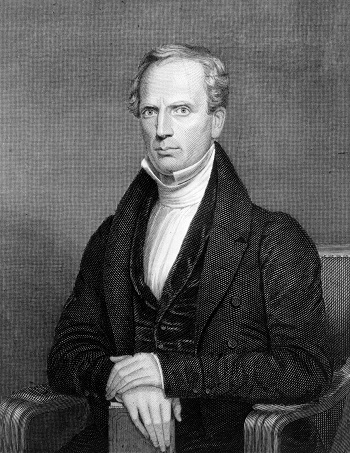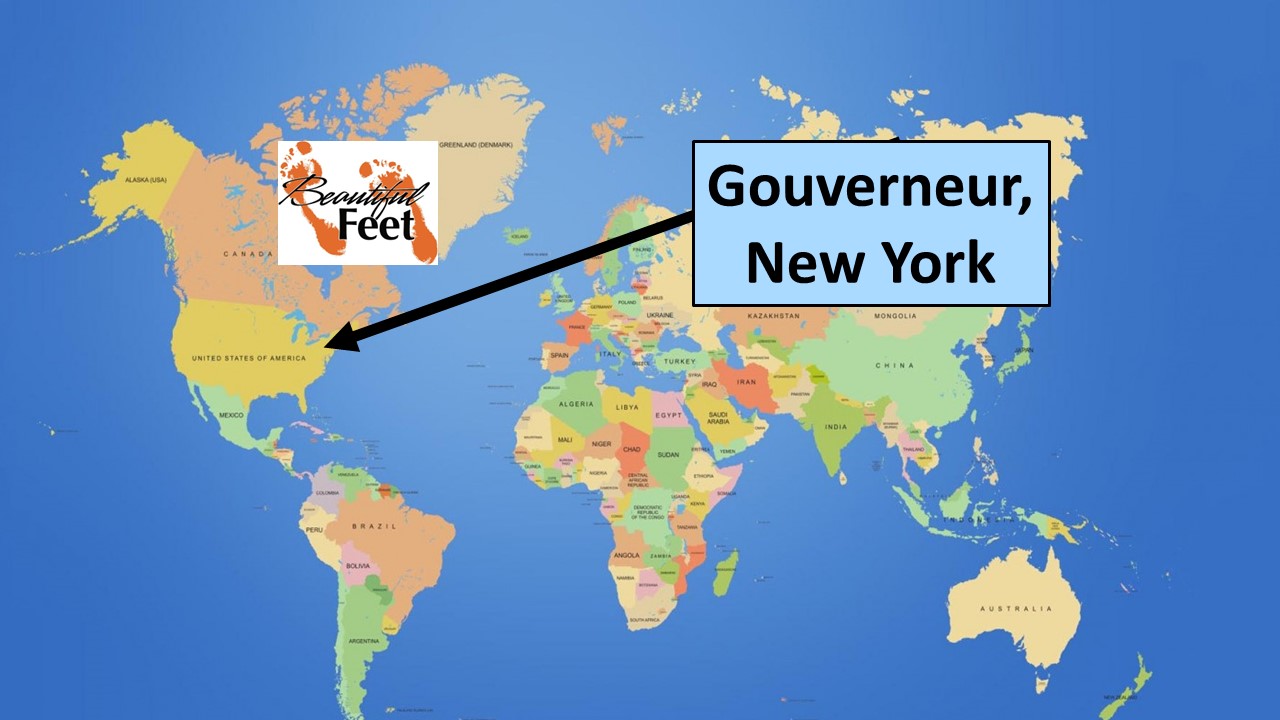
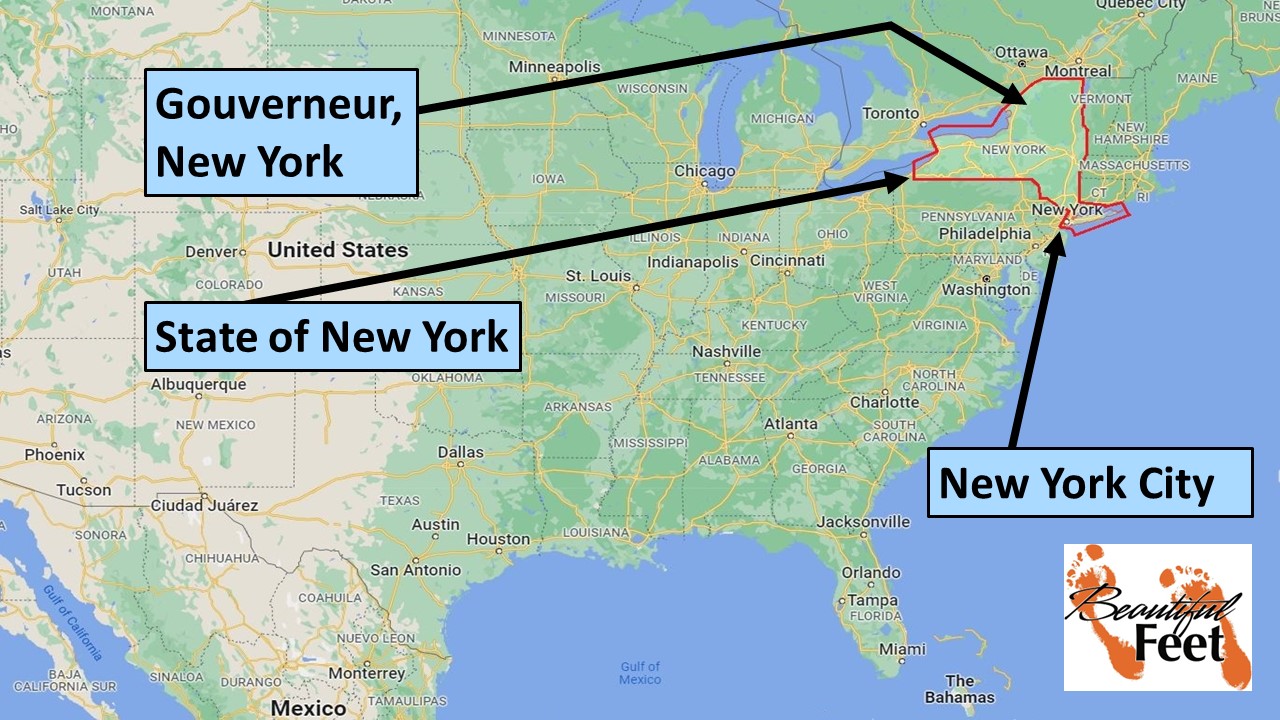
The state of New York is outlined in red
Preliminary Reading
To help with the historical context, we recommend reading about the revivals that had been previously occurring in other New England states. Those revivals can be read with these accounts:
► 1790-1840 Second Great Awakening
► 150 New England Revivals (1797 – 1814)
► 1815-1840 Upstate New York Revivals
Introduction
Charles G. Finney (1792-1875) was raised in Oneida County, New York, which at that time was still considered a wilderness. There were no Sunday Schools or opportunities for religious education, leaving the people with no religious convictions. The few ministers that passed through were described as uneducated, and laughably so.
Finney’s conversion in 1821, at 29 years of age, was extremely dramatic, and was accompanied by a powerful baptism of the Holy Spirit. You can read about it here. Immediately following his conversion, he abandoned his promising career as a lawyer, and by 1824 was ordained as a Presbyterian minister. By 1827 he had “risen to national prominence as the most effective evangelist in the West.”
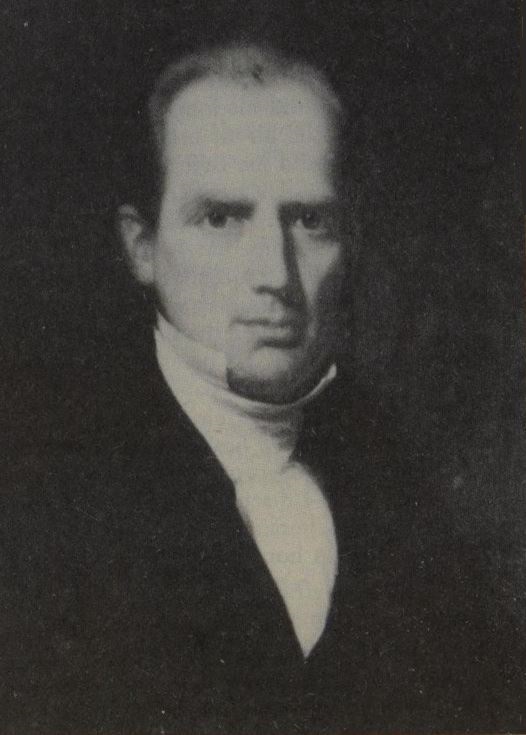
Charles Grandison Finney – Father of modern revivalism and the leading figure of the Second Great Awakening
Prophetic Revelation
While conducting the Brownville, New York, Revival, through the winter of 1825, Finney received a revelation from God that there was going to be a great revival in Gouverneur, New York, and that he must go there and preach. He didn’t know when he was to go there, but he sensed that eventually the door would open, and he would be the catalyst for the revival there.
Finney had previous involvement with the people of Gouverneur while he was conducting the 1824 Antwerp, New York, Revival. With Gouverneur being 12 miles to the northeast from Antwerp, those people were used by Satan to try to intimidate Finney by threatening “to come down and mob us, and break up our meetings.” He paid no attention to those threats and the revival at Antwerp continued with no interference from the people of Gouverneur.
During the Brownville, New York, Revival, Finney met a member of the church from Gouverneur, and he told the man what God had previously shown him about the revival that was to occur in Gouverneur. Finney said that that man “stared at me as if he supposed that I was insane.” He also told the man that he was to tell the others in Gouverneur about what God was planning to do and that they must prepare themselves for this outpouring of the Holy Spirit.
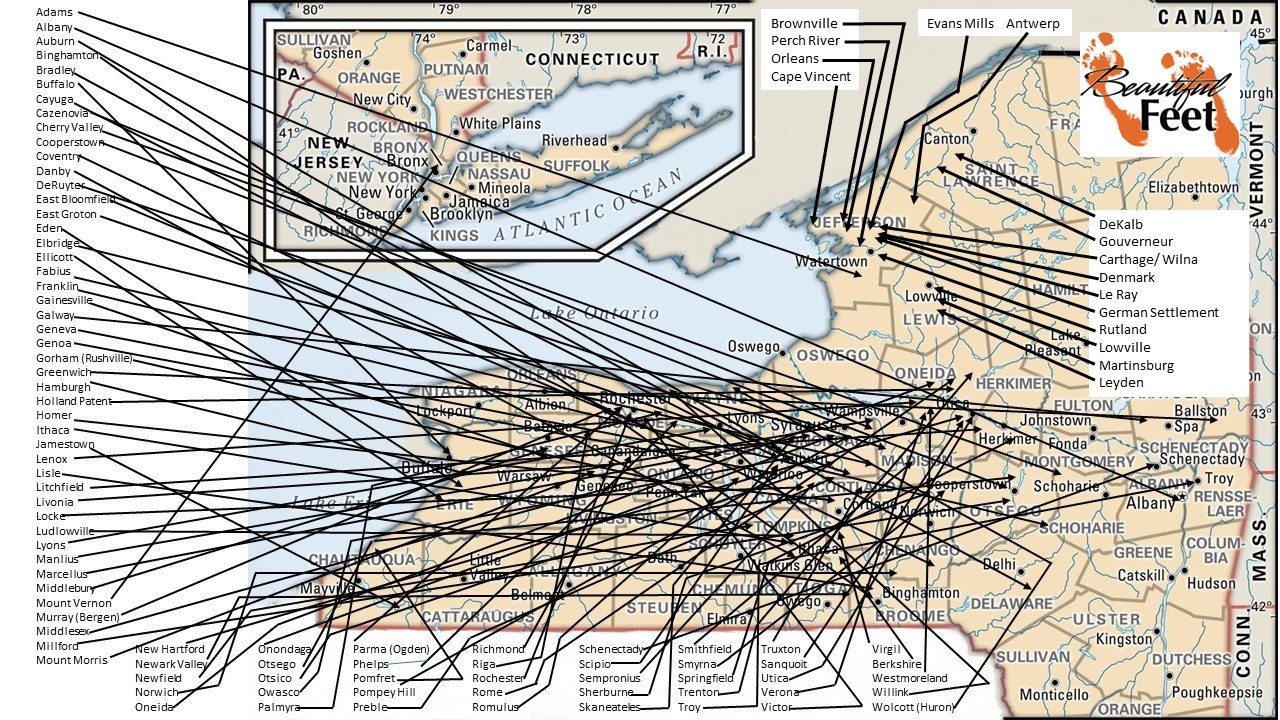
State of New York: Black lines indicate locations where
the revival spread during the 1820s-1830s.
The area became known as the “Burned-Over District.”
Conditions in Gouverneur, New York
► The town had a population of 1,250.
► There were two church buildings close to each other—the Baptist and the Presbyterian.
► The Presbyterian minister in Gouverneur had been dismissed due to severe hearing loss, and because of that, that church had no regular services since January 1, 1825. (Finney arrived there around the first of May.)
► With the Presbyterian church closed, the few remaining members that held meetings in the schoolhouse were demoralized.
► The majority in the town were indifferent to Christianity, and it appeared as though they “wished to forget that there was such an institution as the Christian religion.”
► “Darkness—gross darkness prevailed.”
► “Vice and immorality triumphed.”
► The majority of the town disregarded the Sabbath day of rest.
The Time for Gouverneur Had Come
While Finney was involved in the 1825 Rutland, New York, Revival, he heard the call from God again:
Go to Gouverneur—the time has come.
Daniel Nash, a powerful intercessor and partner of Finney, had been with Finney for a few days in Rutland, and Finney told him:
You must go to Gouverneur and see what is there, and come back and make your report.
Nash left the next morning, and after about three days he returned with the report that there were many who claimed to be Christians in Gouverneur, and that there was a developing interest in the things of God. Finney then told the people of Rutland that he wasn’t going to schedule any more meetings in their town. He then sent Nash back to Gouverneur to prepare the people for his visit later that week.
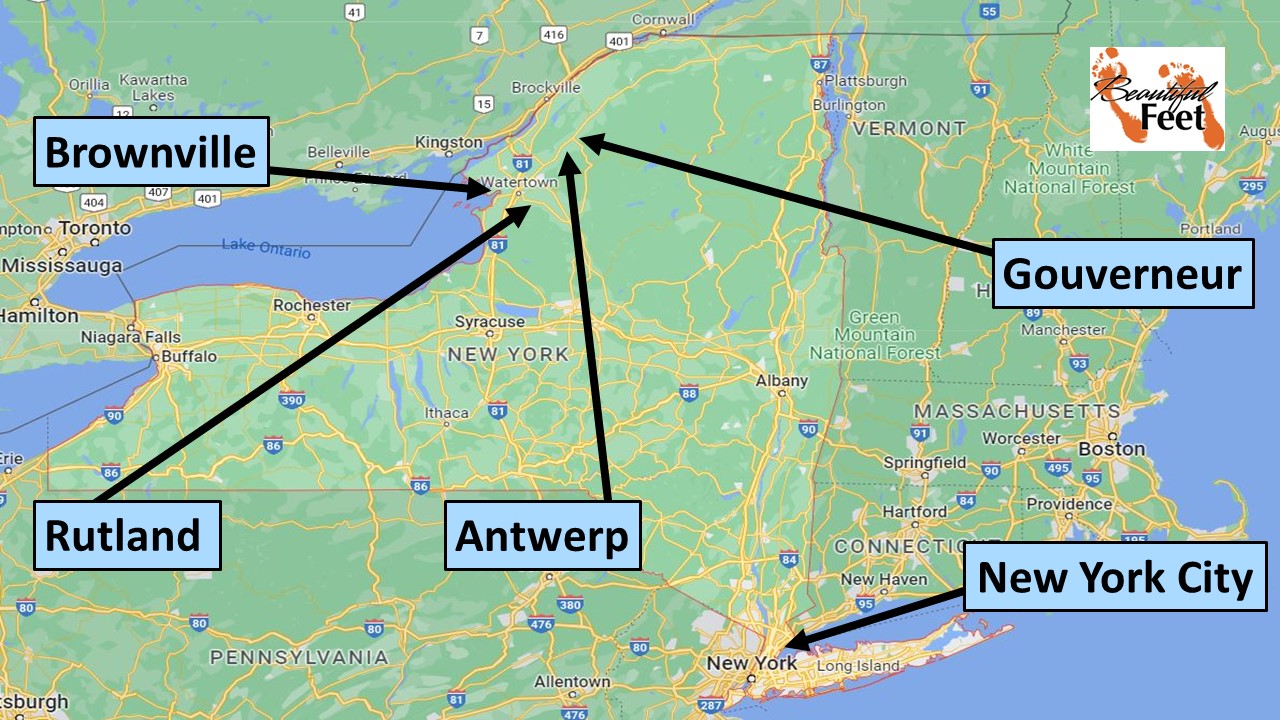
State of New York, with the town of Gouverneur being the most northern town indicated on this map
Finney Arrives in Gouverneur
At the end of April 1825, Daniel Nash arrived in Gouverneur to inform the people of Finney’s upcoming arrival. A few days later, Finney arrived, having ridden 30 miles on horseback, being delayed continually by heavy rains.
Nash had been leading the scheduled service on the day Finney was to arrive and preach. With Finney being delayed by the rain, he wasn’t there when the service started. Nash conducted the meeting, and just as he was about to dismiss the congregation, Finney came in, and the people stayed for his sermon.
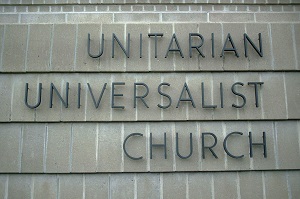 Unitarian / Universalist Conflict
Unitarian / Universalist Conflict
Unitarianism and Universalism were powerful forces in the New England states during that era, and the groups endorsing those theologies brought a lot of conflict and opposition to revival. Finney’s debate with those promoting that theology was successful, as many who previously supported those beliefs were converted, including the sole medical doctor in Gouverneur.
This revival was said to have “made a clean sweep” of those holding Unitarian/ Universalist views, with one man reporting in the Religious Intelligencer, on June 18, 1825:
One of the most astonishing works of divine grace that I ever heard of has lately taken place in the town of Gouverneur… More than 100 persons have within a few days been brought under deep conviction.
Obstacle of Sectarianism
Once the revival began at the Gouverneur Presbyterian Church, a group of Baptists began to oppose it.
► They spoke against the revival.
► Children and young people from the Baptist church were being converted. The Baptists were known to carry their children out of the Presbyterian church when they saw their children kneeling in prayer during the services. They then forbade them to return.
► A group of Baptist youths—“roughs” as they were called—evidently supported and encouraged by their parents, worked to disrupt and hinder the revival with various pranks.
Prophetic Warning to Disruptive Youths
Finney and Daniel Nash, who were working together during the revival, knew that it would only be through prayer that the opposition would be silenced, so they went to a grove and prayed till they felt they had the victory, and they then
Felt confident that no power which earth or hell could interpose, would be allowed to permanently stop the revival.
The next Sunday, during a 5 p.m. prayer meeting, with the building being filled, and the disruptive youths being present, Nash arose and addressed those young men:
Now, mark me, young men! God will break your ranks in less than one week, either by converting some of you, or by sending some of you to hell. And He will do this as certainly as the Lord is my God!
At the conclusion of that statement Nash brought his fist down hard on the pew, putting an exclamation point on his statement.
On Tuesday of that week the ringleader of that group came to Finney, and under tremendous conviction of his sin, asked:
What shall I do, Mr. Finney?
Finney then replied:
Go immediately to all your young companions and pray for them, and exhort them at once to turn to the Lord.
The young man did what he was told, and by the end of that week, “nearly if not all” of them were converted.
Proselytizing Baptist Minister
Finney had previously been frustrated with the young Baptists who were disrupting the revival, and another layer of disruption was the pastor of the Baptist church. That man was actively proselytizing to get every person converted at the Presbyterian church to join the Baptist church.
They ransacked the town for converts in every direction; and whenever they could get any one to join they would get up a procession, and march, and sing, and make a great parade in going to the water and baptizing them.
The work of the Baptists discouraged the Presbyterians so much that it destroyed their spirit of prayer and faith, and the revival came to a stop.
For six weeks there was not a single conversion.
Finney addressed the situation by holding a special meeting to teach on baptism, and after that day,
The Spirit of prayer returned, and the revival was revived and went on again with great power.
Results of the Revival
Here are two quotes of what it was like during the midst of the revival:
On the main road that runs through this town, there are very few houses where prayer and praises are not heard; And in this village there is but one solitary family but what give testimony that salvation has come to their houses.
For months during the summer and fall of the revival year, one could scarcely go out at any hour of the night without hearing individuals or companies of individuals praying in the fields and groves in several directions at the same time.
► During Finney’s stay in Gouverneur, 92 members were added to the Presbyterian Church, raising total membership to 152.
► The Baptist church grew from 93 members before the revival, to 175.
► The Methodist and Congregational churches also increased, but not as significantly as the Presbyterian and Baptist.
► The estimate was that between 200-300 people were converted during the revival, and that was in a town with 1,250 people.
► The revival atmosphere continued for at least 6 years. The evidence of this is a man’s testimony, who in 1835 visited Gouverneur and said that the place
was very religious and that it was impossible to get up a ball or to have a circus.
Methods Finney Used in the Promotion of the Revival
► Daily preaching—focusing on solid doctrinal truths–using homes, barns, schoolhouses, and the open air
► Conducting protracted meetings (revival services) over a period of days or weeks
► Private and corporate prayer meetings
► Teaching conferences
► A lot of personal conversation by making personal visits to homes
► Meetings with those inquiring about the condition of their souls
► Encouraging the immediate reception of new converts as members in churches
► Allowing women to pray and exhort during church services
► Utilizing women’s prayer groups to capitalize on existing social networks for evangelism
► During his sermons those who felt the conviction of sin and their need of a Savior were invited to come to the front to sit in the pew reserved for them. This pew was called the “anxious seat.” Others have termed this the “mourners’ bench.”
► Praying for people publicly by name
Opposition from Ministers
One of the criticisms Finney received from other ministers was the simplicity of his sermons, as he would frequently use illustrations from daily life: farming, mechanics, and any occupation. He would also use language that common people would understand—without them having to use a dictionary to understand his vocabulary—something quite different from other ministers.
His preaching was impromptu, in that he did not write out his sermons nor have notes for them. He said that the Holy Spirit would give him a verse or passage from the Bible right before he would preach.
The ministers said Finney would never be able to convert the more educated people in the community by preaching like that, but they were wrong, as judges, lawyers, and others of the educated class converted through his ministry.
Another major criticism was permitting women to play an active role in ministry, as Finney encouraged them to:
► Pray and exhort during church services.
► Evangelize and conduct prayer meetings outside church services.
Primary Sources
► Chapter X: The Memoirs of Charles G. Finney by Charles G. Finney
► The Memoirs of Charles G. Finney: The Complete Restored Text by Charles G. Finney
Secondary Sources
► Charles G. Finney by Wikipedia
► Charles Grandison Finney & the Second Phase of the Second Great Awakening by Christian History Institute
► Eerdman’s Handbook to Christianity in America by Mark A. Noll
► Fire From Heaven by Robert Evans
► Great Revivals and the Great Republic by Warren Candler
► Man of Like Passions: The Life Story of Charles Grandison Finney by Richard E. Day
► Memoirs of Revivals of Religion by Charles G. Finney
► Memoir of the Life and Character of Rev. Asahel Nettleton by Bennet Tyler
► New England Revivals by Bennet Tyler
► Second Great Awakening by Wikipedia
Return to List of Revival Stories
Chet & Phyllis Swearingen:
Office: (260) 920-8248
romans1015@outlook.com
Beautiful Feet
P.O. Box 915
Auburn, IN 46706

